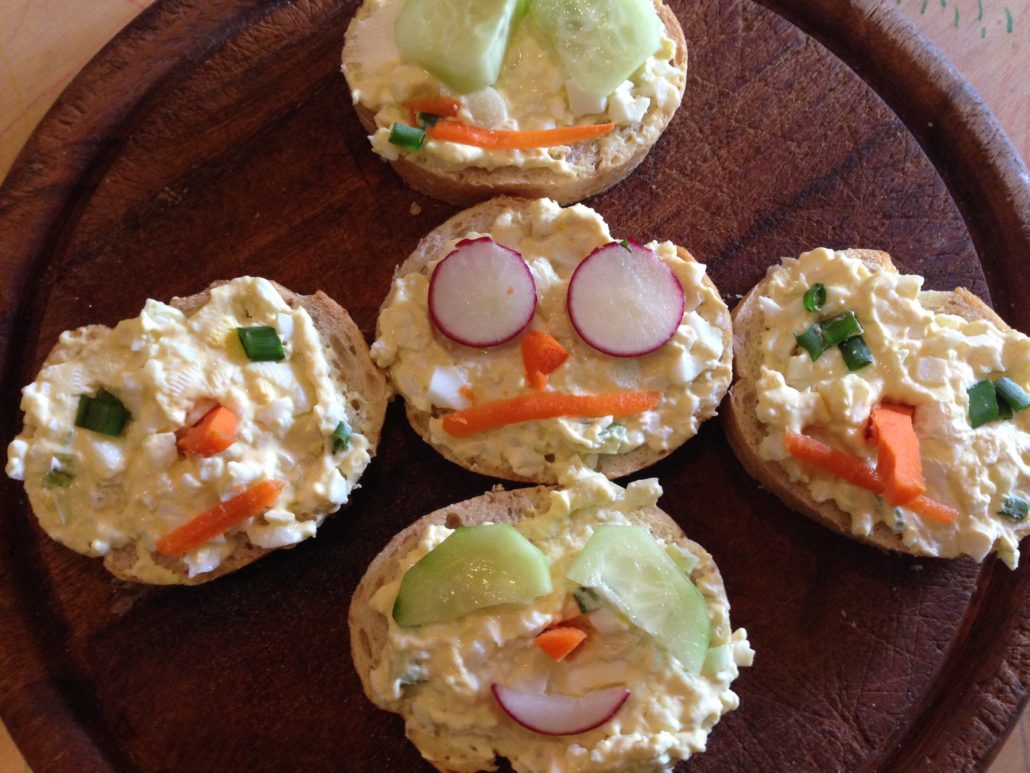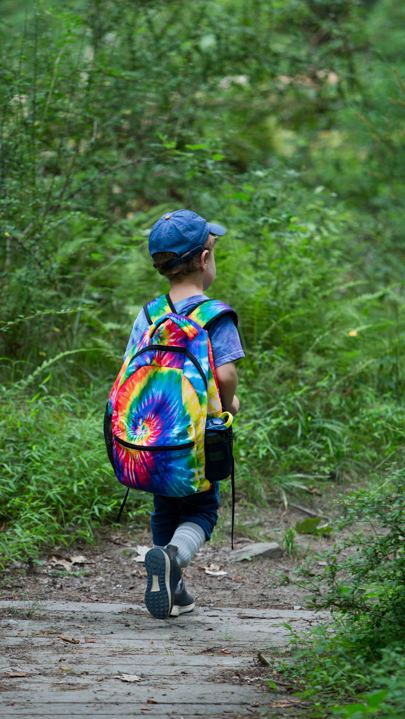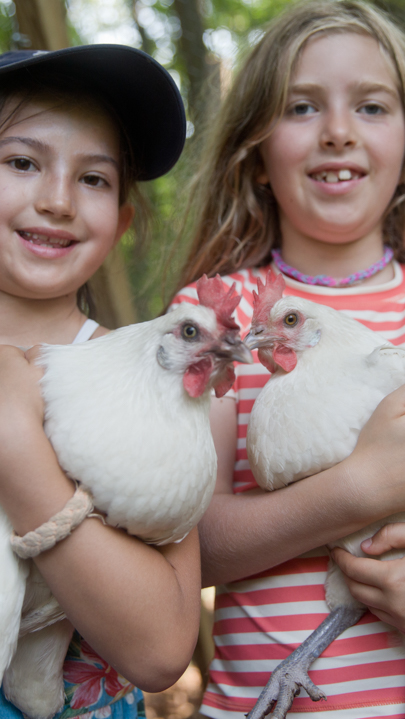Garden Power
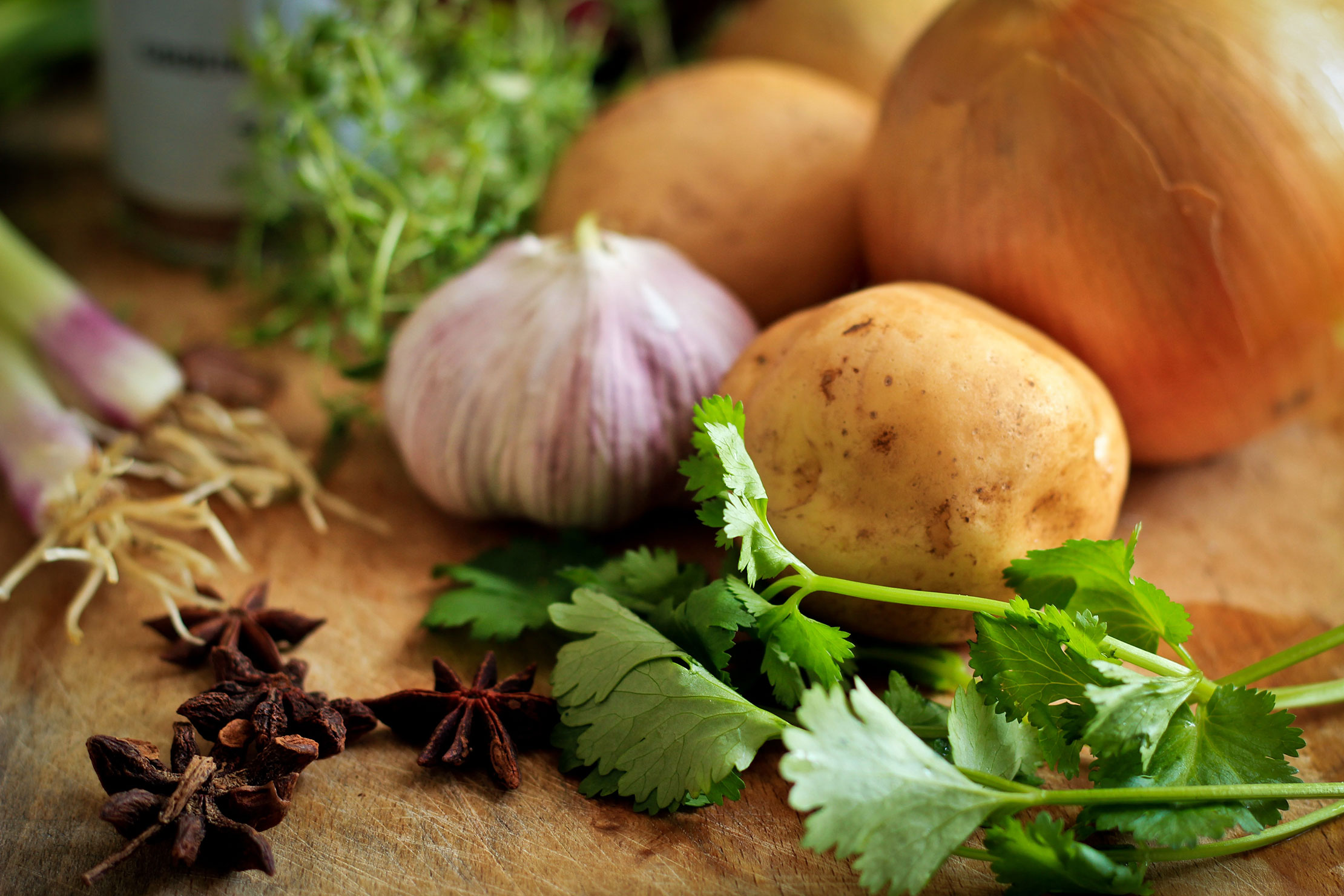
Our cooking instructor, Eva Szigeti, shares her thoughts on the importance of gardening, as well as a recipe for a delicious post-gardening snack.
Dirty hands, wet boots, a speckle of mud on the face, stones and seeds in the pocket, a basket of fresh vegetables in hand: this is a child coming from the garden. He looks messy and a little tired, but his face glows with satisfaction.
Most children are drawn to gardens and are happy to spend some time in these cultivated slices of nature. By adding a little bit of age appropriate guidance, our gardens can become great informal outdoor classrooms and labs. Gardens serve many purposes and they can provide space for various activities for our children.
Gardening is a great hobby. Those who don’t garden yet and need an excuse to start, will easily find one (or more) reasons to do so. Gardening is of course an extremely practical hobby: a gardener grows food. But there is more. Having a garden benefits our kids, gardening is therapeutic, and growing your own food is environmentally responsible (as opposed to buying produce shipped from faraway places). To work in the garden means to exercise. Then let’s consider the health benefits of eating very fresh organic vegetables, etc. The list could go on and on.
Gardening has been part of my life since my early years. No matter how small, I have always had a garden or at least several pots of herbs and flowers to satisfy my need to grow plants. When my children were young, they had no choice but to accompany me to the garden. They did not mind. Equipped with small shovels, they never got tired of digging. Children are naturally attracted to dirt. Letting a young child explore the soil and look for worms is a good introductory garden activity. Water is another favorite. Watering never disappoints a child. Small watering cans are best for young children, while older kids can usually be trusted with the hose.
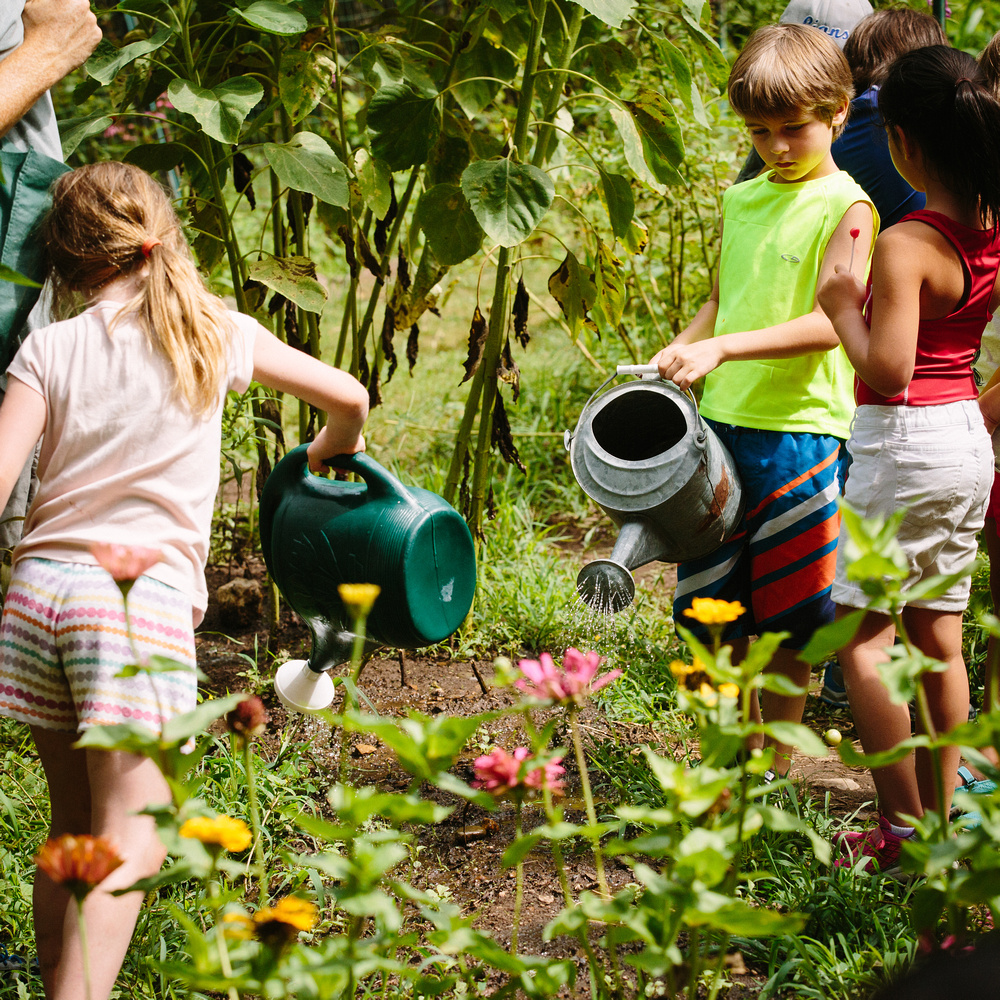
If you encounter a reluctant young gardener, he or she may be lured to the garden with the promise of a fresh snack. Few could resist a freshly picked strawberry, sweet tender carrot, or the first cherry tomato of the season.
The physical work in the garden engages the muscles. The garden environment engages kids’ senses and imagination. It inspires curiosity and provides space for exploration and magic. The garden is the meeting place of the strivings of humans and the work of nature. We humans sometimes loose. We are not always in control. So we cultivate patience, perseverance, we figure out plan B, we learn to compromise. Entering a garden, children are stepping away from the world of technology and from instant gratification. Here they need to wait, be persistent, and take responsibility. They are operating in the real world, where actions have real consequences.
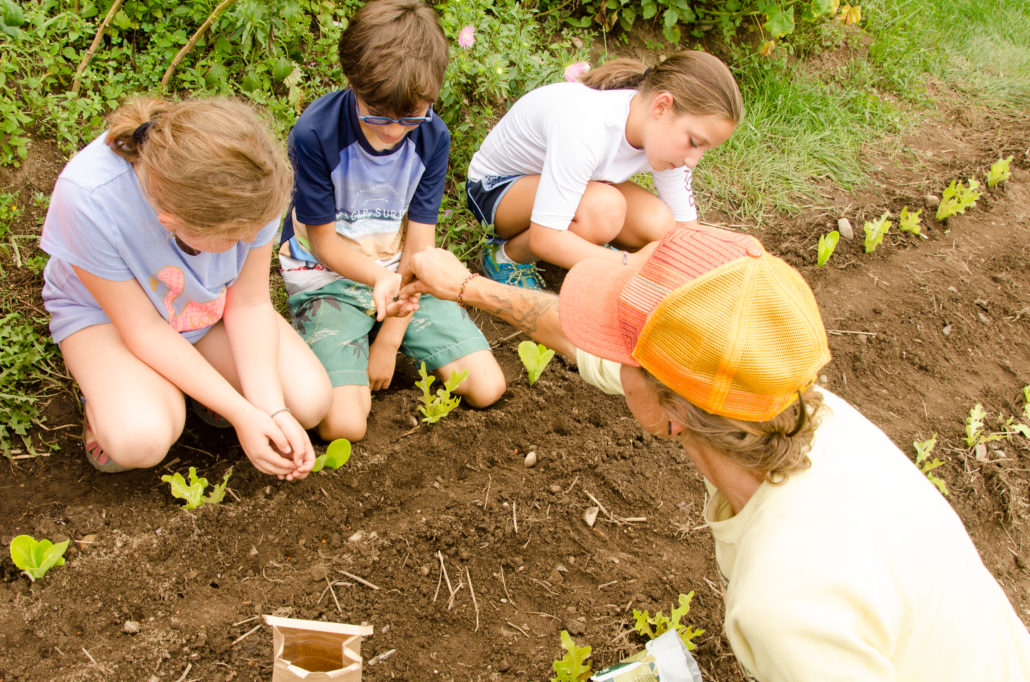
Gardening is sometimes hard work, but from caring comes satisfaction, sense of purpose, and achievement. It builds self-esteem and teaches how to work with nature. In the microcosm of the garden, the children observe the cycle of life first hand. They learn to understand not only where food comes from, but also what it takes to grow it. They acquire a very useful life skill: how to grow food and provide for themselves. It is empowering. Young gardeners also learn to taste the difference between quality fresh produce and veggies from the supermarket. Their bodies will start craving food that is fresh and nutritious.
“I don’t like the ones from the store, but these are good.” This is a statement often heard during snacking in the garden. It is a hopeful statement. It shows the power of seemingly small things. It reinforces my belief that our gardens can help us raise thriving children.
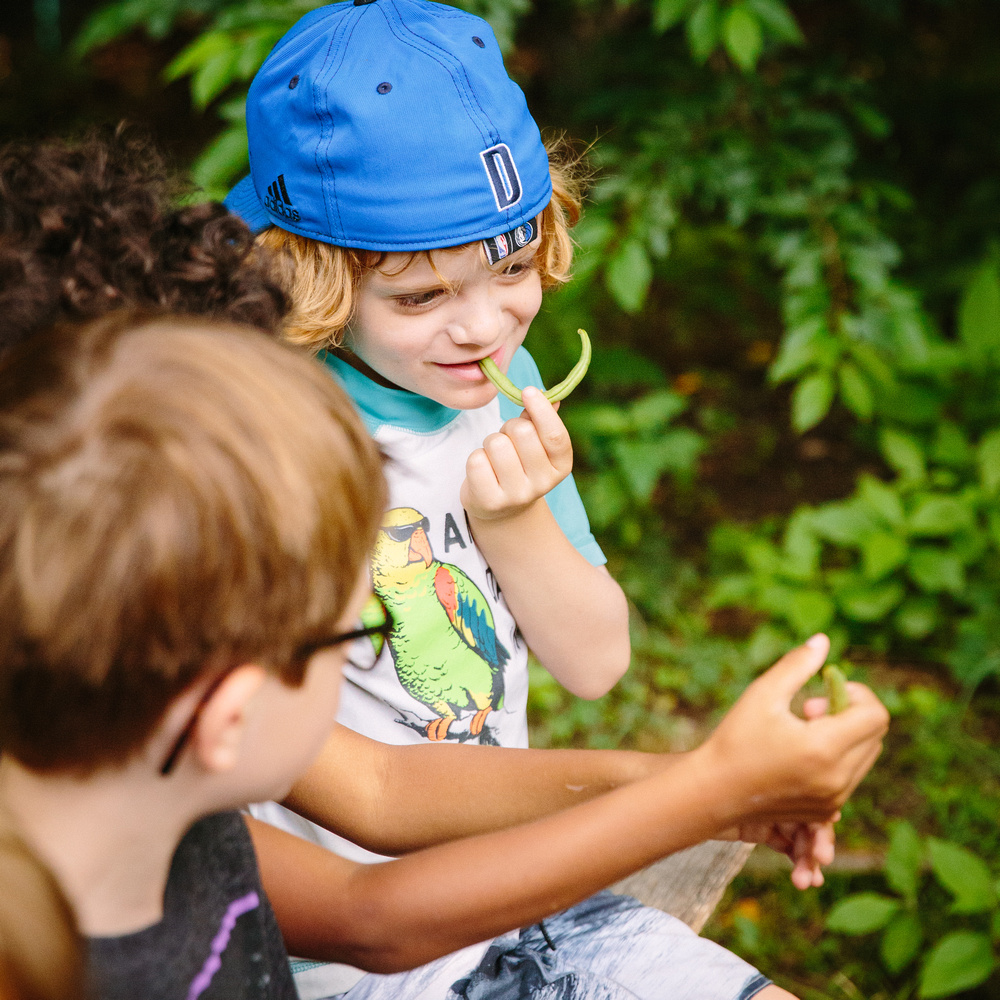
And now, for an easy post-gardening snack recipe…
This is a nutritious, easy to make spread. Older children should be able to prepare this recipe without adults’ help. Younger children can help to peel the eggs and decorate the sandwiches. If you have a garden, use homegrown herbs and vegetables to decorate the sandwiches.
5 hardboiled eggs, finely chopped
4 ounces cream cheese
2 tablespoons white yogurt or sour cream
1 tablespoon mustard
2 tablespoon finely chopped onion, green onion or chives
salt and black pepper to taste
sliced bread or baguette
radishes, chives and/or cucumber to decorate the sandwiches
Combine all ingredients in a bowl. Mix, then mash together with a fork. Taste and add more salt or pepper if needed. Spread on bread of sliced baguette. Decorate with fresh vegetables.
